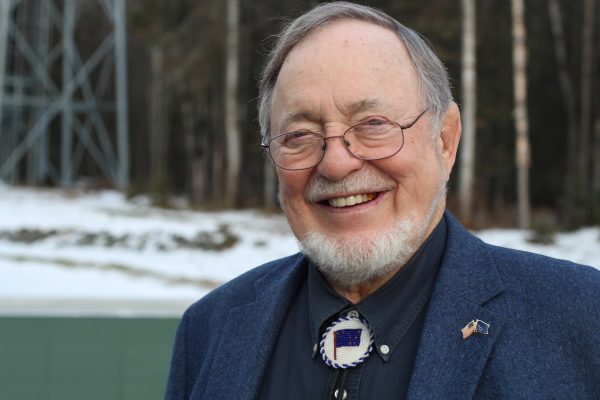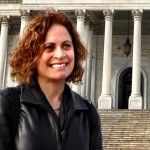
Speaking at a conference in Juneau last week, Alaska Congressman Don Young argued against gun control by suggesting Jews might not have died in the Holocaust if they had been armed.
“How many millions of people were shot and killed because they were unarmed? Fifty million in Russia,” Young said. “How many Jews were put in the ovens because they were unarmed?”
The recording was provided by Dimitri Shein, an Anchorage Democrat who is running for Young’s seat. Shein was in the audience for Young’s speech to the Alaska Municipal League and he asked Young about school safety, which prompted Young to bring up the Holocaust.
The argument that gun control allowed the rise of Hitler has circulated among gun-rights advocates for several years.
Here’s CNN’s Wolf Blitzer challenging then-presidential candidate Ben Carson about it in 2015:
“ –So what is your point: If there had been guns in Germany, there might not have been a Holocaust?” Blitzer asked.
“That was only one of the countries I mentioned,” Carson retorted. “There were a number of countries where tyranny reigns and before it happened they disarmed the people.”
A 1938 Nazi law prohibited Jews from owning weapons, but there were numerous instances of armed Jewish resistance during the war.
The Anti-Defamation League says it’s ludicrous to claim Germany’s Jews could have stopped the Third Reich with personal firearms when the military might of entire European countries could not.
Congressman Young is a long-time board member of the National Rifle Association. He said last week he favors allowing teachers to carry firearms. He points to video games and the breakdown of families as possible causes of school violence.
Liz Ruskin is the Washington, D.C., correspondent at Alaska Public Media. Reach her at lruskin@alaskapublic.org. Read more about Liz here.





